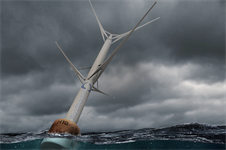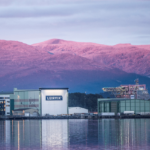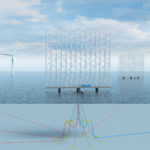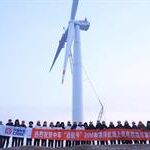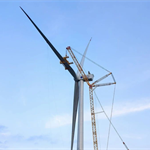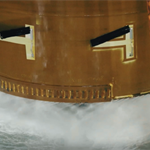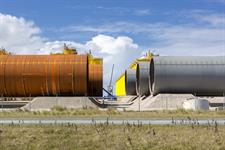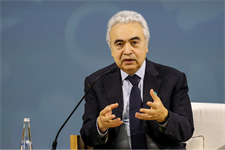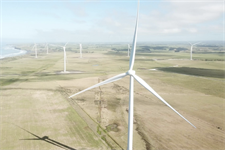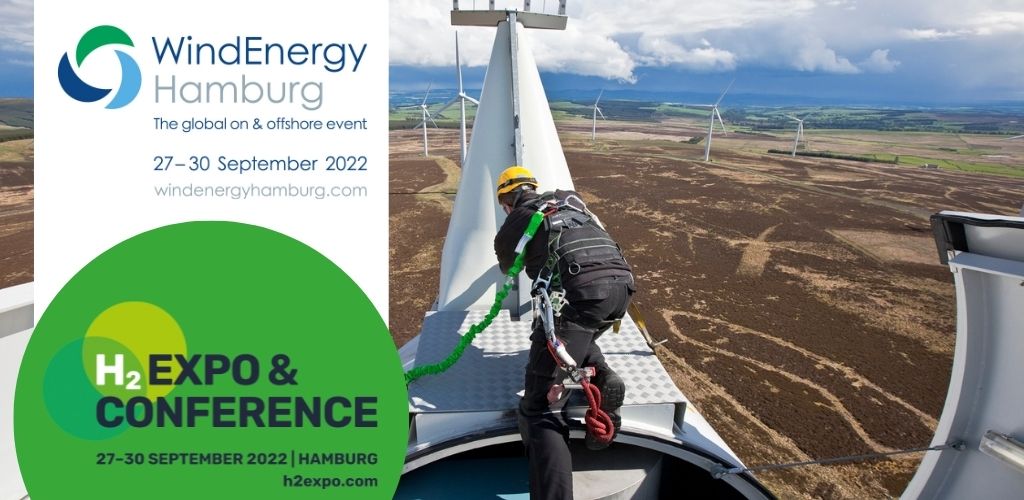Norwegian duo backs aluminium trial for new floating offshore wind turbine design
Energy Disrupter

They signed a letter of intent vowing to work together to produce prototype turbines using aluminium and build a consortium of industrial partners for the venture.
The companies explained that they plan to use materials in their turbines that can be recycled.
Most of a traditional turbine’s mass can be recycled, with blades presenting a particular challenge due to their mix of materials – though manufacturers have made advances in recycling blades in recent years.
World Wide Wind is designing a turbine that features two omni-directional rotors on a leaning, single tower structure, with a mooring system anchoring it to the seabed. The turbine is also stabilised by the generator being placed at the bottom of the structure. It features no nacelle, cooling system or yaw mechanism.
The company claims its turbines could be scaled up to 40MW with a smaller material and carbon footprint than conventional turbines, while also being more cost-effective.
Meanwhile, its partner Hydro has previously sourced electricity from wind farms and is also looking at developing wind farms, but this deal with World Wide Wind marks its entry into the production chain for wind turbines.
The companies have not specified whether any other materials would be used in their turbines, what proportion of the design would be aluminium, or what parts of the turbine would use aluminium. They have also not specified when they expect to produce a prototype.
The partners have also not responded to questions on whether lightweight metal aluminium is strong enough to support such a structure, and how the design can tilt stably without the turbine falling over.

